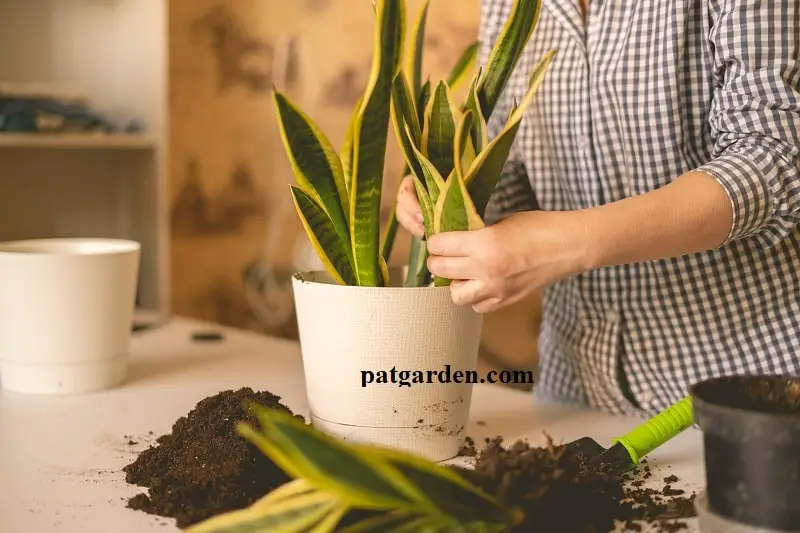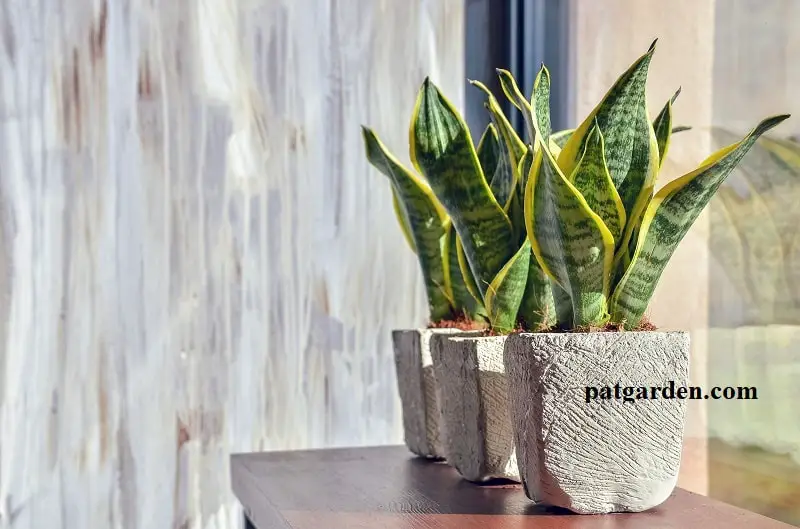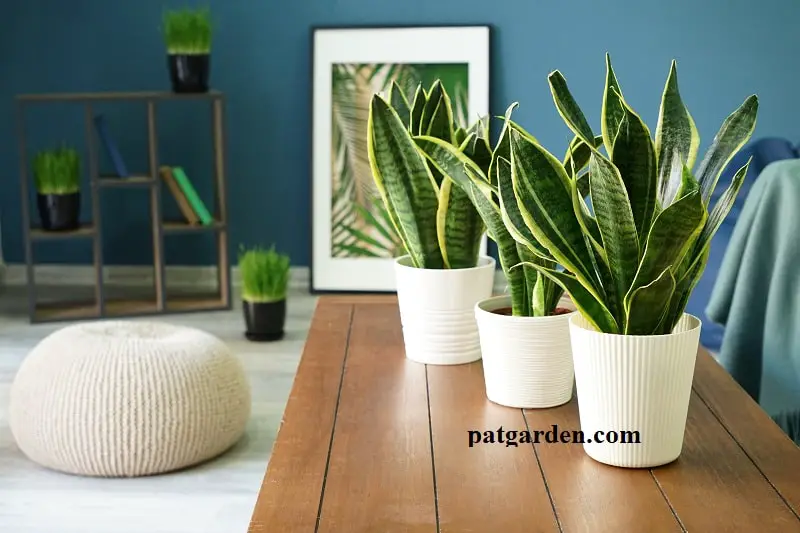The snake plant (sansevieria) issues are quite rare. It is one of the reasons for the popularity of houseplants in many homes. But curly leaves are some of the problems affecting the houseplant.
Snake plant leaves curling is an indicator of an underlying issue. It would be best to investigate the cause and come up with techniques for fixing the problems.
No need to freak. This article will walk you into some of the possible causes and the step-by-step process of fixing snake plant leaves curling.
So, why are my snake plant leaves curling? Some of the possible causes are fungal infection, insect infestation, and cold temperature. Overwatering and lack of light are also crucial reasons behind curling snake plant leaves.
Growers need to determine the underlying problem and come up with possible solutions. Growing a healthy snake plant will make your indoor space to stand out from others. Let’s find out:

You May Also Enjoy: Why Is My Snake Plant Leaves Turning Yellow?
Snake Plant Leaves Curling Causes and Solutions
Here are the possible causes and solutions:
Freezing Temperature
Freezing temperature is the primary cause of snake plant leaves curling. The issue is quite common during winter. Leaving the indoor plant outside in winter could be affected by cold damage.
The house plant will start scarring, wilting, and curling. The good news is that the cold damage can easily be reversed. But this should be done before the plant begins to rot.
Solution: Snake plants thrive in a temperature range of 50-80oF. The grower needs to be on a watch out for any temperature changes. Much emphasis should be put on those outdoor snake plants.
We recommend shifting all outdoor snake plant pots into the house during winter. The aim is to prevent the houseplant from experiencing cold damage.
Watering Stress
Overwatering is prevalent water stress that causes curling snake plant leaves. Overwatering the plant in poor drainage soil could cause root rot due to waterlogging.
If waterlogging and root rot are not fixed on time, then there is a high chance of killing the houseplant. A dead snake plant usually heartbreak many growers.
It would be best if you reflected on the watering schedule and soil texture. You are likely to understand the reason behind the curly leaves.
Solutions: Consistent watering schedule is the best remedy for fixing the curly leaves. Besides that, the grower needs to consider well-drain soil and make holes in the container. It will help draw out excess water and prevent waterlogging.
You May Also Like: How Often to Water Snake Plant
Fungal Diseases
Some common fungal problems that cause the snake plant leaves to curl are a southern blight and red leaf spot. These issues usually affect the snake plant severely.
You need to identify other possible signs of fungal diseases apart from curling leaves. Red leaf spots result in the formation of red lesions, dark brown, and harden leaves.
Keep in mind that saving sansevieria from nasty fungal infection is impossible. The best solution is to discard the indoor plant away from others to prevent the disease’s spread.
Solutions: Following a strict watering routine will help to alleviate fungal diseases. Ensure the environment is conducive to make the leaves dry and the soil has proper drainage.
Another possible method of fixing the fungal problem is repotting the plant. Make sure the container is bigger with small holes at the bottom and contains well-drain soil.
Insufficient Light Exposure

Snake plants flourish when receiving bright indirect light. Placing the plant in areas with inadequate light usually makes the leaves start curling.
The houseplant needs light to undertake photosynthesis. It is an essential process that helps the plant to make its food that facilitates growth and development.
Snake plant leaves cannot thrive without food. Curling leaves is one of the significant signs of insufficient light exposure.
Solution: Place the houseplant pot in a region receiving sufficient light. It is the best solution to help the snake plant undertake the photosynthesis process. You can use artificial light in case your house does not get natural light. It will help meet the minimum light requirement.
You May Also Like: How to Propagate Snake Plant
Incorrect Soil pH
Sansevieria is quite sensitive to soil pH. The acidity and alkalinity of the soil determine the quality of nutrients present. Acidic soil deprives magnesium ions, which is essential for chlorophyll formation.
A snake plant receiving a low amount of magnesium ions will experience yellowing and curling of the leaves. It happens since the plant is unable to undertake photosynthesis due to a lack of chlorophyll.
Solution: The optimum soil pH of snake plants is between 5.5 and 7.5. Adding hydrated lime to acidic soil will help to increase the pH to optimum requirement.
On the other hand, the addition of lemon juice to water meant for watering will lower the soil’s alkalinity. These are simple tips to consider to halt curling snake plant leaves.
Pest Infestation
Some of the common insect infesting snake plants are spider mites and mealybugs. These creatures suck sap juice from the leaves and cause them to curl in the long run.
The small wounds on the leaves fail to heal, making the plant unable to store water in the succulent leaves. The curling and wilting of leaves is the advanced stage of insect infestations.
Solution: Wiping the leaves’ bottom with room temperature water will help eliminate spider mites infestations. You can use hosepipe spray for outdoor snake plants.
In the case of mealybugs affliction, we recommend spraying the plant with insecticide soap. The soapy solution suffocates the bugs by killing both eggs and adults.
Improper Fertilizer Application
Snake plants are not heavy feeders. But the application of fertilizer in summer and winter help the plant to meet nutrients requirement.
Over-fertilization usually damages the roots and the leaves. Inward curling and browning of the leaves are indicators of excess nutrients in the soil.
Solution: Snake plants thrive in soil rich in nitrogen nutrients. It is advisable to consider organic fertilizer since it releases nitrogen nutrients slowly to the plant.
Avoid over-fertilizing the plant by sticking to the required dosage. It will help to combat the curling behavior of snake plant leaves.
In Conclusion

Spider plant leaves curling can be prevented by providing sufficient light, avoiding soggy soil, and over-fertilization. Repotting is the best solution to consider if the snake plant problem persists.
Take the time to read more on the snake plant care guide. The information in the manual has been tested and proven to be quite useful.
You Can Also Read: